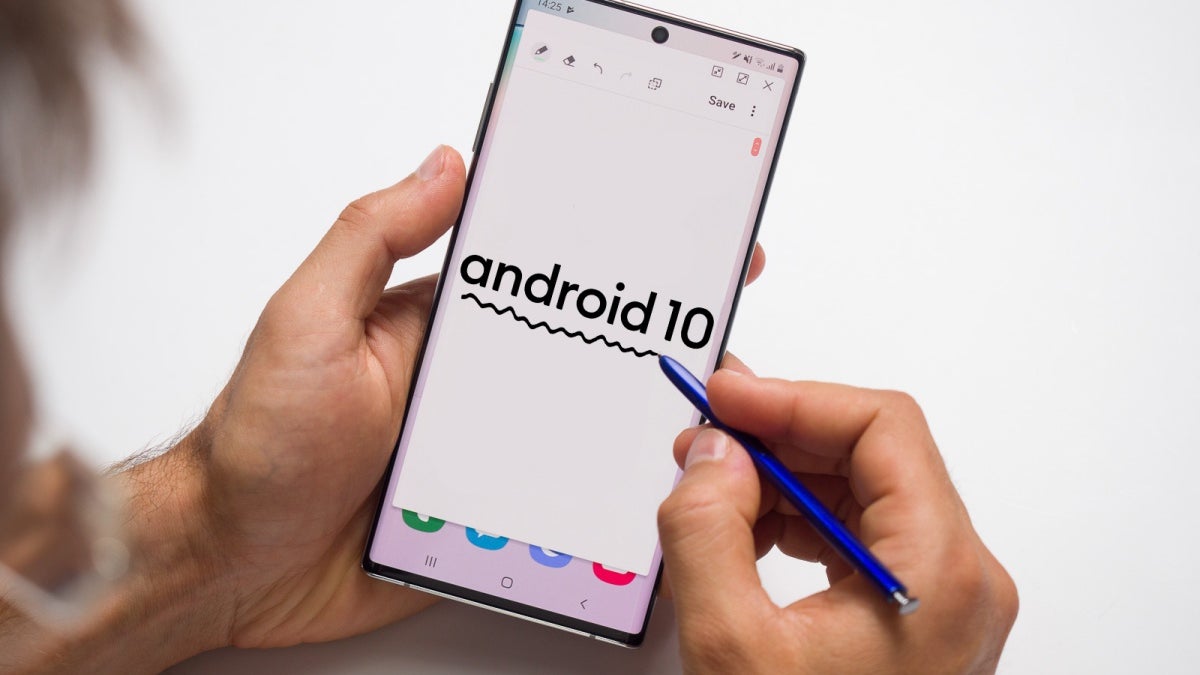Samsung's biggest step forward this year is almost going unnoticed
This article may contain personal views and opinion from the author.

We're probably only a couple of months away from Samsung's announcement of its "next big thing", so naturally, all everyone seems to be talking and thinking about is the Galaxy S11 family... since shortly after the Galaxy Note 10 and Note 10+ were unveiled. The somewhat unusual but understandably exciting Galaxy S10 Lite and Note 10 Lite are also right around the corner, making plenty of headlines and further stealing the thunder from what might actually be the company's greatest achievement in a long time.
For once, I'm not talking about some groundbreaking new piece of hardware or yet another radical redesign of Samsung's flagship lineup, even though I'm obviously as excited as the next guy to see the world's largest smartphone manufacturer move another step closer to killing the bezel and vastly enhancing the battery capacity of its high-end devices (Lite models included).
A messy history of laggy updates
Although I'm fully aware there were companies (I'm looking at you, LG) that did a far worse job than Samsung spreading the official Pie love to their Oreo-running phones in late 2018 and early 2019... and mid-2019 and even late 2019, I also think we need to hold a market leader to much higher standards than the likes of LG, Motorola, or HTC when it comes to basic software support and major updates.
| Smartphone model | OS version | International update | First US carrier-locked update |
|---|---|---|---|
| Galaxy S8/S8+ | Android 8.0 Oreo | February 22, 2018 | March 15, 2018 |
| Galaxy Note 8 | Android 8.0 Oreo | March 16, 2018 | March 27, 2018 |
| Galaxy S9/S9+ | Android 9.0 Pie | December 24, 2018 | January 29, 2019 |
| Galaxy Note 9 | Android 9.0 Pie | January 15, 2019 | January 31, 2019 |
| Galaxy S10/S10+/S10e | Android 10 | November 28, 2019 | December 16, 2019 |
| Galaxy Note 10/Note 10+ | Android 10 | December 13, 2019 | Coming soon |
The saddest part about Samsung's Android Pie development efforts and wide-scale rollouts is that they actually felt like a substantial improvement at the time over 2018's complete Oreo fiasco. The previous OS version barely made its way to the first US carrier-locked Galaxy S8 and S8+ variants in mid-March after an international update that had to be halted due to catastrophic bugs following an early February kickoff.
Clearly, the switch from TouchWiz to One UI was beneficial, and the second version of Samsung's newest Android skin goes light enough on big changes to show us how an update schedule of an industry trailblazer should really look.
Nokia's crown is in danger
In both our subjective analysis and an in-depth report published by market research firm Counterpoint a few months ago, Nokia prevailed over all other Android smartphone brands in terms of Pie delivery speed. But exclusive Nokia brand licensee HMD Global seems to be needing a little more time than last year to bring its best products up to date. So far, only the Nokia 8.1, 9 PureView, and 7.1 have made the jump to Android 10, while Samsung has at least started to roll out the latest goodie pack in select global markets to the Galaxy S10, S10+, S10e, Note 10, Note 10+, and surprise, surprise, even the mid-range Galaxy M20 and M30.
Unfortunately, the two non-flagship devices on that list are not officially available in the US, but the Galaxy A50 is and we now have reason to believe that budget-friendly bad boy will join the Android 10 club in the not-so-distant future. Of course, the Note 10 and Note 10 Plus have to follow the S10 family's suit first across the nation's big four networks, which could happen any day now.

Speaking of the Note 10 lineup, it's also worth remembering the 5G-enabled variant of the plus-sized S Pen flagship made its debut running Android 10 on both T-Mobile and AT&T, which is yet another Samsung feat that largely went unnoticed. That's probably because we've grown so accustomed to considering Android updates as this unsolvable, irredeemable, and hopeless mess that we're no longer paying attention to the big and small steps certain companies sometimes take to stop history from repeating itself over and over again.
But what's perhaps most impressive about Samsung's little-lauded recent achievements is that speed doesn't appear to have come at the expense of stability. While some companies (cough, OnePlus, cough) often rush half-baked updates out the door to claim bragging rights... only to then halt the rollouts and fix the bugs they should have spent more time searching in the first place, we have yet to hear reports of major issues with the Android 10-based One UI system on any upgraded S10-series, Note 10, or even M-series devices. Now that's what I call stellar software support worthy of the world's number one smartphone vendor!
Follow us on Google News














Things that are NOT allowed:
To help keep our community safe and free from spam, we apply temporary limits to newly created accounts: